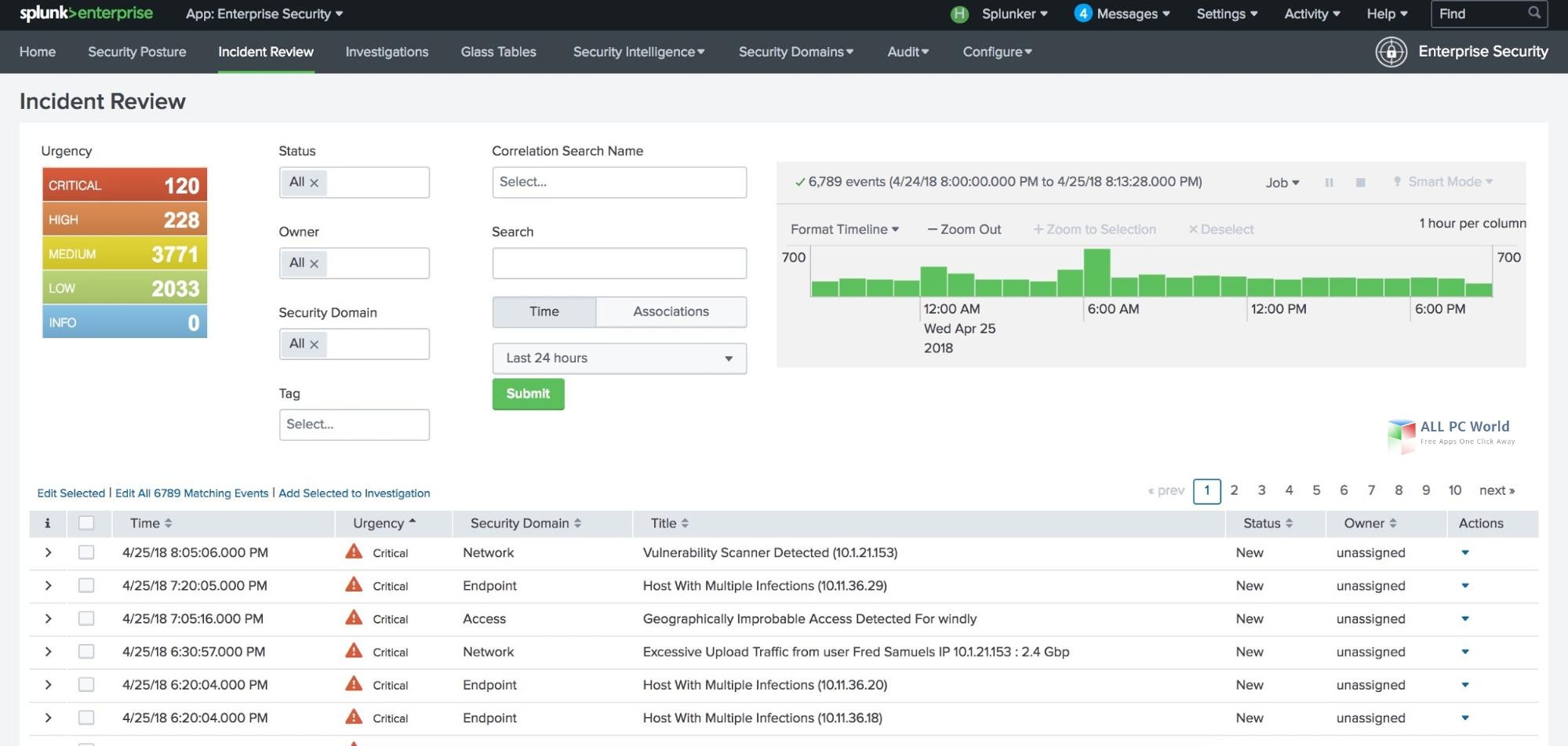

I’ve selected UDP.įinally, it generates for me a starter project with a sample implementation. Next it displays a list of transports to choose from. I’’ve selected to use the SLAB event sink. Once I hit “OK” a wizard is displayed for logging configuration.
#Splunk transaction install#
To install the extension, go download it from the Visual Studio Gallery here.Īs I have previously installed it, I can see the available templates from the “New Project” dialog and select the SDK project. A template for creating a custom C# Modular Input.Snippets for performing common tasks using the Splunk Client, which you can use in any.NET Project using the Splunk Client, and optionally using the new logging libraries to send log data over TCP or UDP. We’re also introducing a new Visual Studio extension which will further streamline your development in Visual Studio 2013 for using them. NET libraries we’ve introduced for enhancing your Splunk development. In the first part of this post you’ve learned about new. The new logging libraries are not invasive making them easy to wire up in any of your existing. _subscription = _listener.Subscribe(sink) _listener.EnableEvents( TestEventSource.Log, EventLevel.LogAlways, Keywords.All) Var _listener = newObservableEventListener () Here is a snippet of wiring up SLAB to send log data to Splunk over UDP. Now when I start my application, I see my log entries instantly pouring in!Īdditionally the libraries also include support for the Semantic Logging Application Block (SLAB), which leverages the highly performant ETW infrastructure that ships in Windows. Next I am modifying the log4net configuration to configure it to write to. Var listener = new TcpTraceListener( “localhost”, 9000) NET Tracing to use the new Splunk UdpTraceListener. NET Trace Listeners which popular OSS logging frameworks like log4net, NLog and Enterprise Library support.īelow you can see I am configuring. Enter our new logging libraries! They provide everything you need to wire up your existing apps to log directly over UDP or TCP to a Splunk instance or forwarder. This is very useful both for development and production environments. This is just one example of what you can do with Modular Inputs, the possibilities are only limited by your imagination!Ī common desire we hear from developers is to make it easy to just send log data from their applications to Splunk directly without having to first write to a file. If the variable changes then the QueueEventForWriting async method is invoke to write back an event to Splunk.
#Splunk transaction code#
Next the code loops continually monitoring the specified variable at the interval. These were configured when the input was added in Splunk. This method first retrieves a polling interval and environment variable from the input configuration. VarValue, interval, inputDefinition.Name, varName) Var results = await service.ExportSearchResultsAsync( Once I have logged on, I can then issue queries, for example below is a real time query searching for errors from within the last hour and going forward. Var service = new Service( Scheme.Https, “localhost”, 8089) Īwait service.LogOnAsync( “admin”, “changeme”) Below you can see I am using the client’s Service class to connect to a Splunk instance.

The Client package is used for connecting to Splunk instances and accessing the Splunk API. The SDK includes several nuget packages, Splunk.Client and Splunk.ModularInputs. Introducing support for async/await means your custom apps can be more scalable and responsive. NET Platform by including rich support for async/await, and the dynamic keyword. The new SDK is designed from scratch to take advantage of the latest advances in the.


 0 kommentar(er)
0 kommentar(er)
